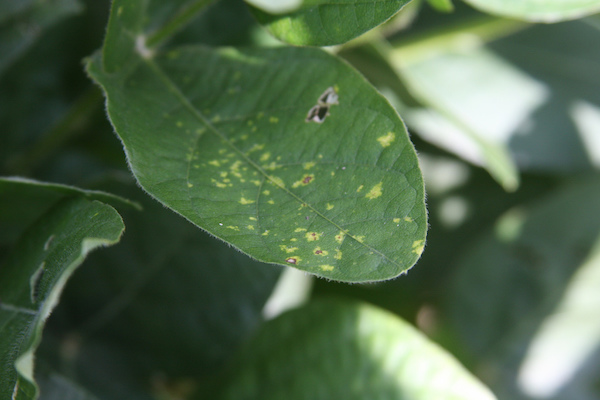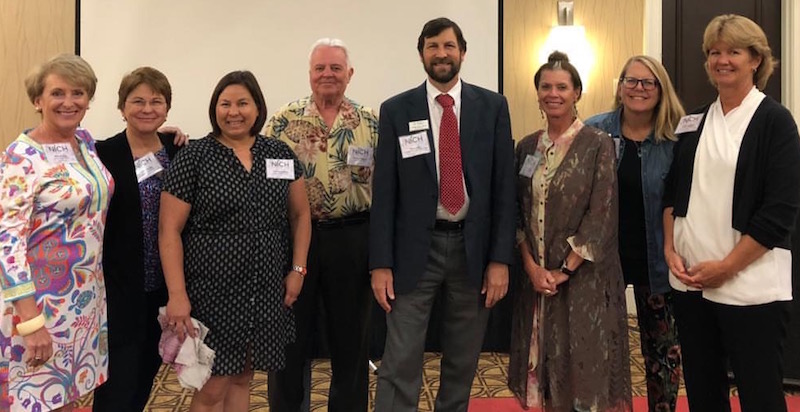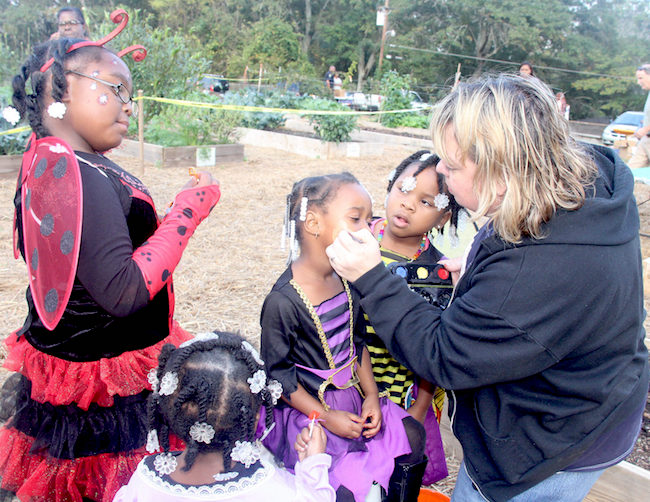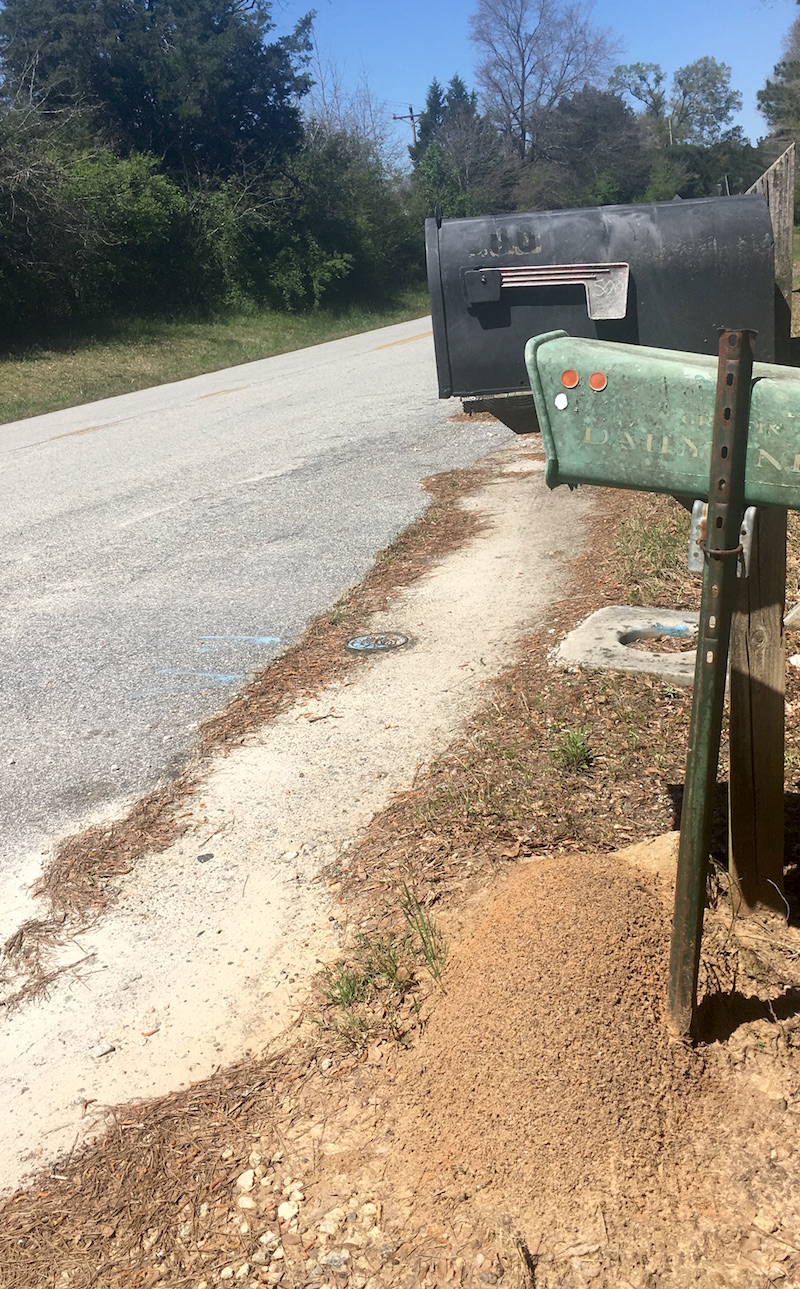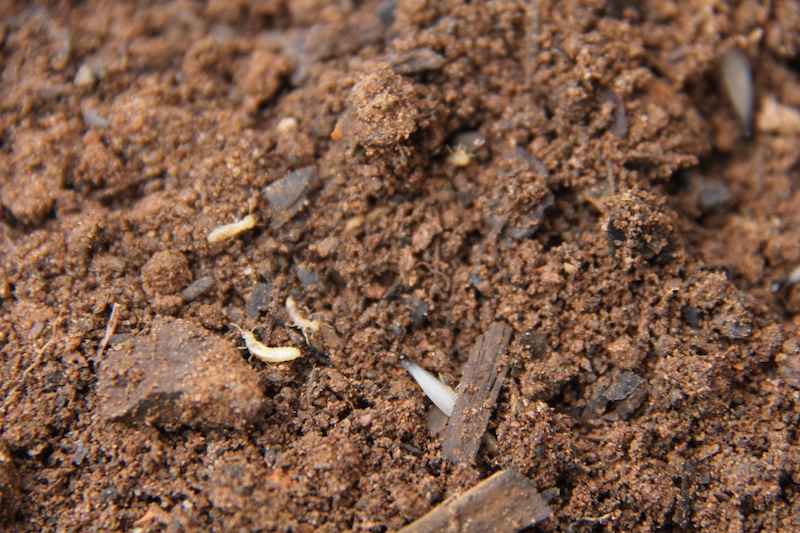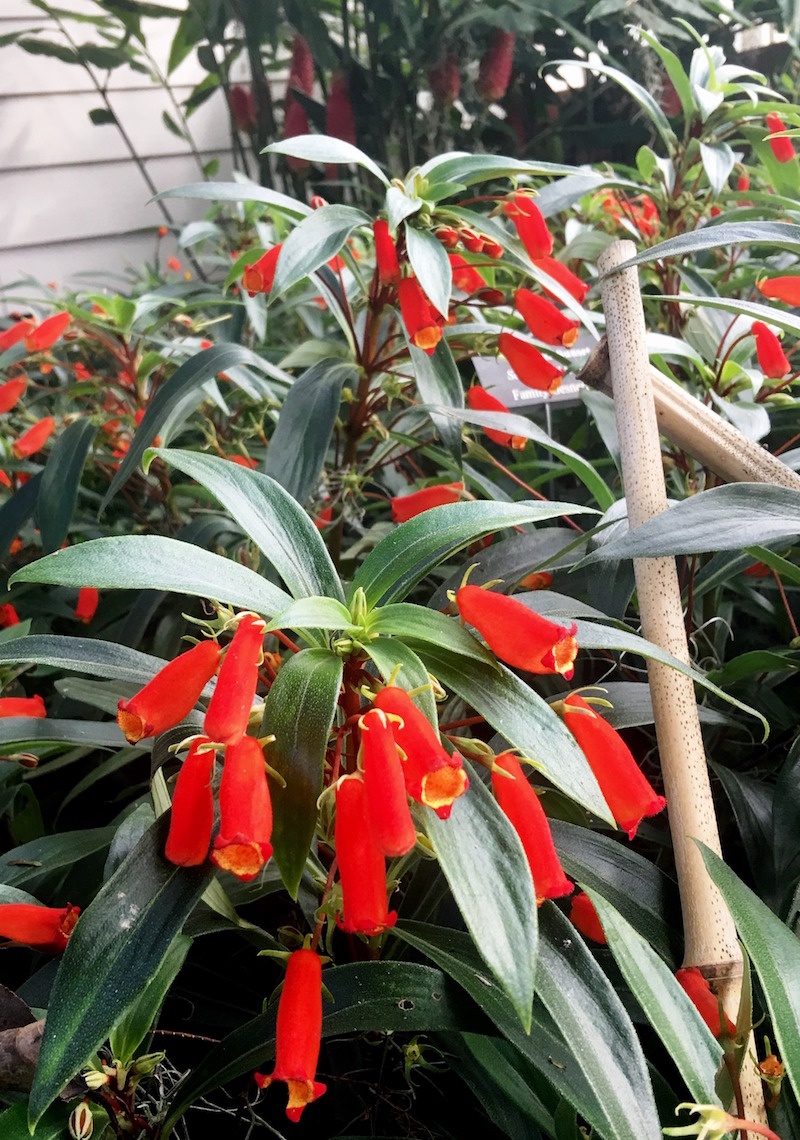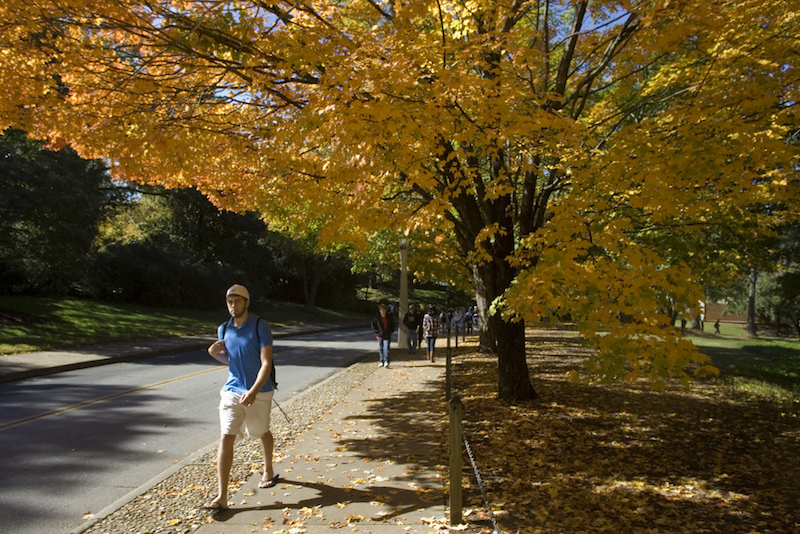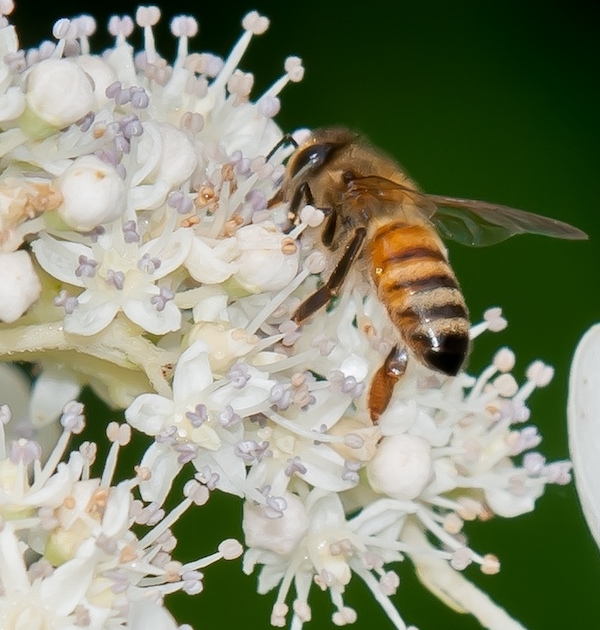 CAES News
CAES News
Pollinator Census
The bees and other pollinators that fuel Georgia agriculture are crucial to the state’s economy, but no one really knows how many there are. In honor of National Honey Day, August 18, UGA Cooperative Extension is announcing an ambitious plan to gauge the size and effect of the state’s pollinator population.

